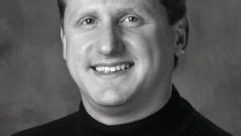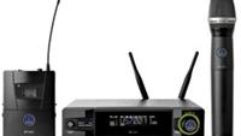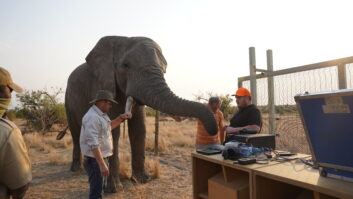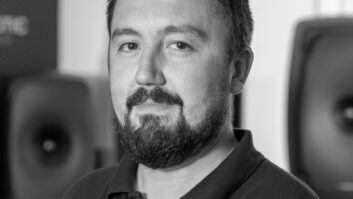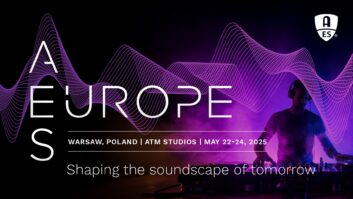Pro audio engineers need to be even more aware of changing conditions, and more diligent about frequency planning and observing best practices when preparing for events. A reliable frequency plan requires more than consulting online resources; it depends on a scan of the actual spectrum conditions at the venue. In the past, a frequency plan had a pretty long shelf life; what worked last summer would almost certainly work this summer. Now, with TV channel assignments and network service rollouts in flux, you need a spectrum scan from last week, not last year. You might be able to swap scan data with your fellow RF engineers in other cities. For major festivals, an on-site professional frequency coordinator will be your best source of that information.
The UHF TV band is certainly the go-to for most pro wireless systems, and with good reason. The same balance of short antennas and good signal penetration is exactly why the telecoms like UHF too. But there are some new options becoming available that you can take advantage of in some situations.
The VHF TV band, even with slightly longer antennas, can be a convenient home for intercoms or certain vocal and instrument systems. The FCC recently opened access to additional parts of the 941-960 MHz range and the 1435-1525 MHz range. Using these non-TV band frequencies requires a Part 74 license and advance coordination with the FCC, SBE, and in some cases other organizations, but can be useful for ‘super-scale’ events where every last MHz counts. For less mission critical applications and venues with relatively predictable RF activity, check out systems operating in the unlicensed bands at 902-928 MHz and 2.4 GHz.
As the FCC considered the needs of wireless microphone users through the auction process, it signaled a more distinct regulatory division of the wireless microphone user population into professional and casual users, with the pro users securing certain protections for their operations and access to additional spectrum. Casual users who operate on an unlicensed basis (like churches, schools, and businesses) will continue to have access to spectrum in the TV bands, but are also encouraged to share non-TV bands like those at 902-928 MHz, 1.9 GHz, and 2.4 GHz.
The FCC accommodates the performance demands associated with major events and productions by making professional wireless users eligible for a Part 74 license, which allows them to register in a database to be protected from interference from white space devices during an event at a specific time and location. License eligibility was recently expanded to include venues and production companies that routinely use 50 or more wireless systems (including wireless mics, personal monitors, and production intercoms).
The FCC recognizes that some smaller venues—like local theaters and music or performing arts venues—do not meet the 50 systems cutoff but need to be protected through database access. They have proposed to expand licensing eligibility even further to include these smaller yet still professional users, but a revised regulatory benchmark hasn’t been decided on yet. The FCC’s Notice of Proposed Rulemaking on this topic will likely appear in the coming months, inviting comments from interested parties.
The wireless microphone user community needs to participate in this rulemaking process as the FCC works to make licensing eligibility even more accessible. If you’re a professional sound company or a venue that relies on wireless for your productions but you don’t currently qualify for a license, this is the time to join with wireless microphone manufacturers and industry organizations to advocate for license eligibility.




